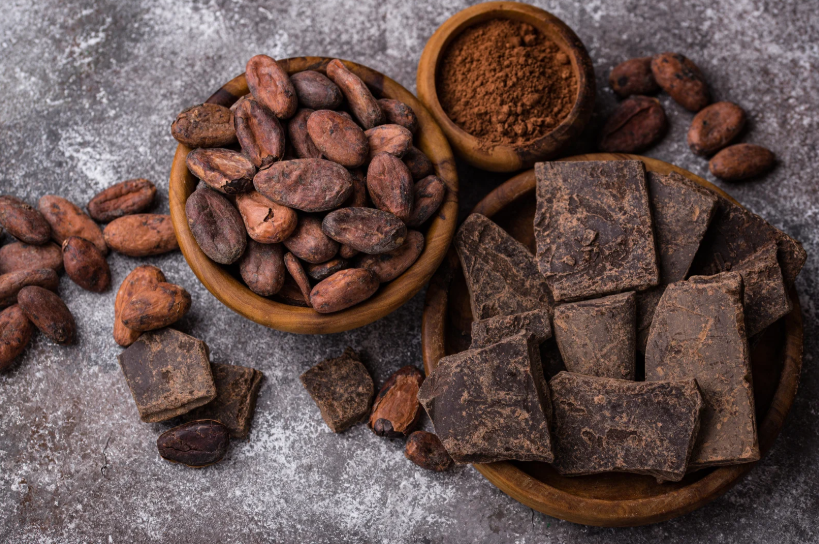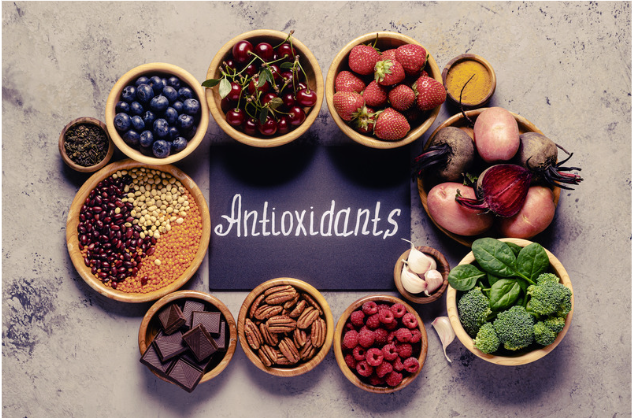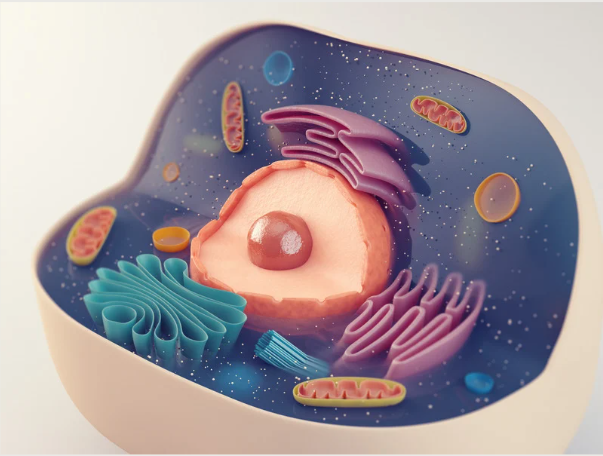For centuries, cocoa has been prized not only for its rich flavor but also for its therapeutic qualities. Today, researchers are uncovering a new and exciting dimension to this superfood: its potential to support the body’s stem cell activity. This discovery positions cocoa as a compelling player in the growing field of regenerative nutrition.
What Are Stem Cells?
Stem cells are the foundational building blocks of the human body. They have the unique ability to transform into different types of cells and facilitate tissue regeneration. As we age, the activity and efficiency of our stem cells naturally decline, affecting everything from wound healing to organ repair and even immune function.
Cocoa’s Secret Weapon: Flavanols
The health-promoting power of cocoa lies in its abundance of flavanols, particularly a compound called epicatechin. Flavanols are a type of antioxidant known for their anti-inflammatory and vascular-supporting properties. Scientific studies have shown that these compounds may directly or indirectly influence stem cell mobilization and function.
Research Highlights
- Circulating Angiogenic Cells (CACs): A landmark study published in Circulation Research found that cocoa flavanols can increase the levels of CACs, which are involved in the repair and regeneration of blood vessels. These cells function similarly to endothelial stem cells, supporting cardiovascular health and tissue renewal.
- Endothelial Progenitor Cells (EPCs): EPCs play a key role in maintaining vascular integrity and promoting new blood vessel formation. Multiple studies have observed that regular consumption of high-flavanol cocoa may lead to a measurable increase in EPC count, especially in populations with compromised vascular health.
- Neurogenesis and Brain Health: Emerging evidence from preclinical studies suggests that cocoa flavanols may also support the proliferation of neural stem cells. This could have implications for memory, cognitive aging, and neurodegenerative disease prevention.
Mechanisms of Action
Cocoa’s flavanols appear to enhance nitric oxide production, improve circulation, and reduce oxidative stress—all key factors that create a favorable environment for stem cell function. Better blood flow means more nutrients and oxygen reach stem cell niches, while reduced inflammation protects stem cells from premature aging or dysfunction.
Practical Applications
To maximize the regenerative potential of cocoa:
- Choose raw cacao powder (not Dutch-processed)
- Opt for dark chocolate with 85%+ cacao
- Avoid sugar-loaded cocoa mixes — they cancel out the benefits
- Combine with healthy fats (like avocado, coconut milk) for better nutrient absorption
The Bigger Picture
Cocoa is part of a broader group of botanicals that may support stem cell health. These include resveratrol (grapes), curcumin (turmeric), EGCG (green tea), and quercetin (onions, apples). Together, these compounds offer a functional, food-based approach to regenerative wellness.
Final Thoughts
While cocoa alone won’t replace advanced stem cell therapies, its ability to contribute to a regenerative internal environment is a promising discovery. As research evolves, integrating cocoa into a balanced, nutrient-dense diet could serve as a delicious and strategic step toward cellular longevity.






